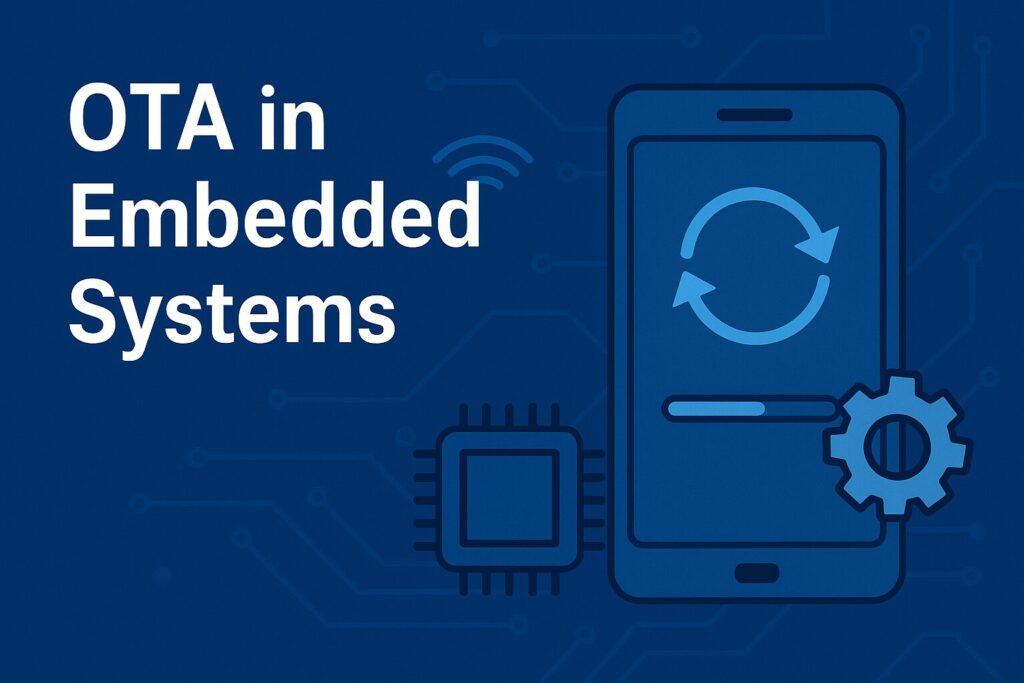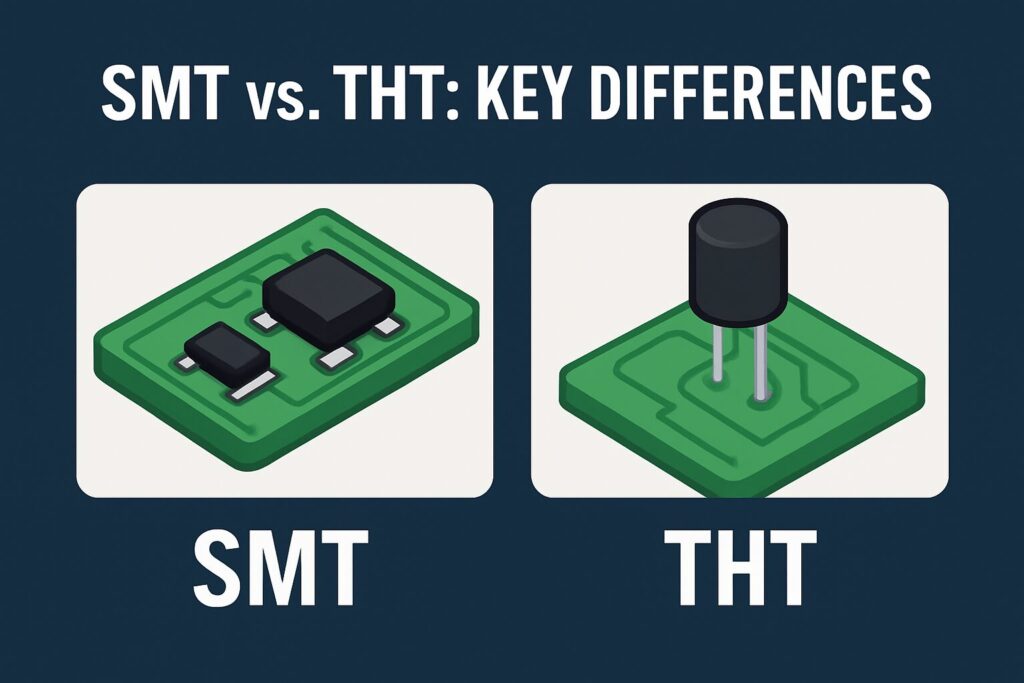A Flex PCB, or flexible printed circuit board, is a special type of PCB that, unlike rigid boards, is bendable, foldable, and adaptable to tight spaces. It is made from materials such as polyimide or polyester, which offer both flexibility and resistance to heat and chemical stress. Flex PCBs provide modern electronic devices with significant advantages: space savings, light weight, high durability, and expanded design possibilities.
Today, Flex PCB technology is widely used across numerous industries — from wearables and mobile devices to medical technology, aerospace, and industrial automation.
Key Characteristics of Flex PCBs
Flex circuit boards have unique properties that distinguish them from standard FR4-based PCBs:
Flexibility:
Flex PCBs can be bent, folded, or twisted multiple times without damaging the conductive traces. This makes them ideal for devices with moving parts or confined installation spaces.
Lightweight:
Thanks to their thin and flexible insulating layers, Flex PCBs are extremely lightweight — a crucial factor in portable devices or drones.
High Reliability:
With fewer solder joints, there’s less risk of mechanical failure. This makes them perfect for long-life applications such as medical implants or space technology.
Heat Resistance:
Polyimide materials withstand high temperatures without losing their electrical performance, making them suitable for industrial or high-thermal-stress environments.
Design Freedom:
Flex PCBs can be shaped three-dimensionally and integrated into complex housings. This enables innovative device architectures that would be nearly impossible with rigid PCBs.
Applications of Flex PCBs
Flex PCBs are used wherever compact design, reliability, and flexibility are required:
- Wearables and smartwatches: Flexible connections between sensors, displays, and batteries
- Smartphones and tablets: Links between camera modules, touchscreens, and mainboards
- Medical devices: Implants, portable diagnostics, and sensors
- Automotive and robotics: Sensors, control units, and flexible wiring harnesses
- Aerospace and defense: Systems designed to endure extreme environmental conditions
A common example: the thin, flexible ribbon connecting a smartphone’s camera sensor to its mainboard is a Flex PCB — providing a compact, stable, and long-lasting electrical connection.
Flex PCB Manufacturing Process
The production of Flex PCBs is similar to that of rigid boards but requires specialized materials and processes:
- Material Selection:
The base material, typically polyimide or polyester, is copper-clad. Polyimide offers high temperature resistance and chemical stability. - Trace Formation (Etching):
Circuit traces are defined using photolithography, with excess copper chemically removed. - Drilling (Vias):
Laser or mechanical drilling creates vias for interlayer electrical connections. - Coating and Solder Masking:
Conductive traces are coated for oxidation protection, and solder masks cover only the necessary pads. - Cutting and Shaping:
The PCB is trimmed to its final shape; bend areas are reinforced or marked to prevent material fatigue.
Flex vs. Rigid-Flex PCB
Rigid-Flex PCBs combine both rigid and flexible layers:
- Rigid Section: Provides mechanical stability and supports heavy components.
- Flex Section: Connects rigid sections, allowing bending and movement in confined spaces.
| Feature | Flex PCB | Rigid-Flex PCB |
|---|---|---|
| Flexibility | High | Moderate |
| Durability | Medium | High |
| Cost | Lower | Higher |
| Applications | Compact devices | Industrial & medical systems |
Rigid-Flex designs are ideal for applications requiring both mechanical strength and flexibility, such as medical diagnostic equipment or complex industrial controls.
Design Guidelines for Flex PCBs
To ensure long life and reliability, the following best practices should be observed:
- Avoid vias in bending areas (risk of cracking).
- Route traces parallel to the bend direction to minimize mechanical stress.
- Avoid sharp corners — use smooth transitions to prevent material fatigue.
- Use wider traces for power lines to prevent breakage from repeated flexing.
- Apply protective coatings such as solder masks or Kapton films.
Advantages of Flex PCBs
- Space and weight reduction
- Less cabling required
- Increased reliability through fewer solder joints
- Ideal for compact, portable, or moving devices
- Resistant to vibration and mechanical stress
Disadvantages of Flex PCBs
- Higher production cost compared to standard FR4 PCBs
- Repairs and rework are more challenging
- Potential mechanical damage if mishandled
Despite these drawbacks, Flex PCB technology has revolutionized modern electronic design. The benefits of design freedom, reliability, and miniaturization make it indispensable for innovative electronic solutions.
Conclusion
Flexible PCBs represent an advanced circuit technology that enables engineers to create devices that are more compact, lightweight, and reliable. They are the ideal choice for modern products with limited space, complex geometries, or moving components. With Flex PCBs, engineers can realize innovative, durable, and high-performance electronic systems — from wearables to medical technology and even aerospace applications.
🔗 Get in touch with us :
Phone/WhatsApp: +41 76 212 8248
✉️ E-Mail: info@revantechnology.com
For detailed information about our services in electronics development & PCB design:
Revan Technology – Your partner for professional electronics and PCB development
Discover our recent work:
Revan Technology – Our Projects


